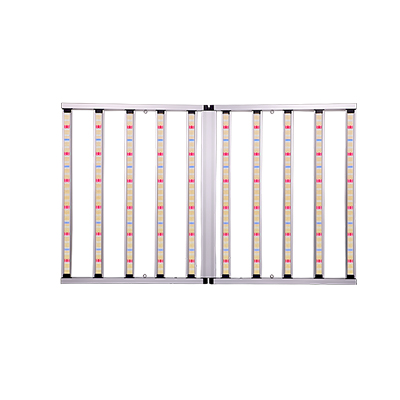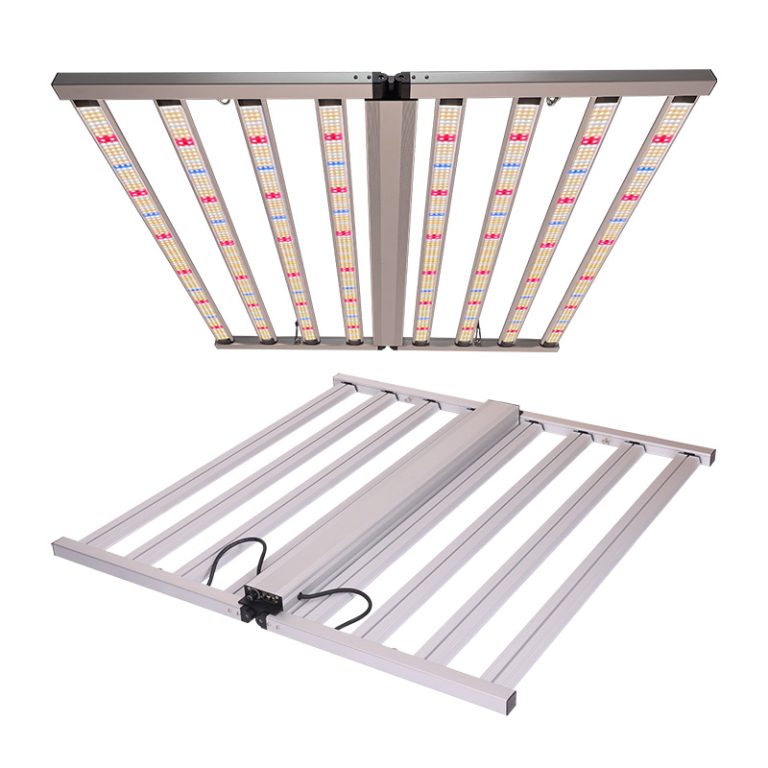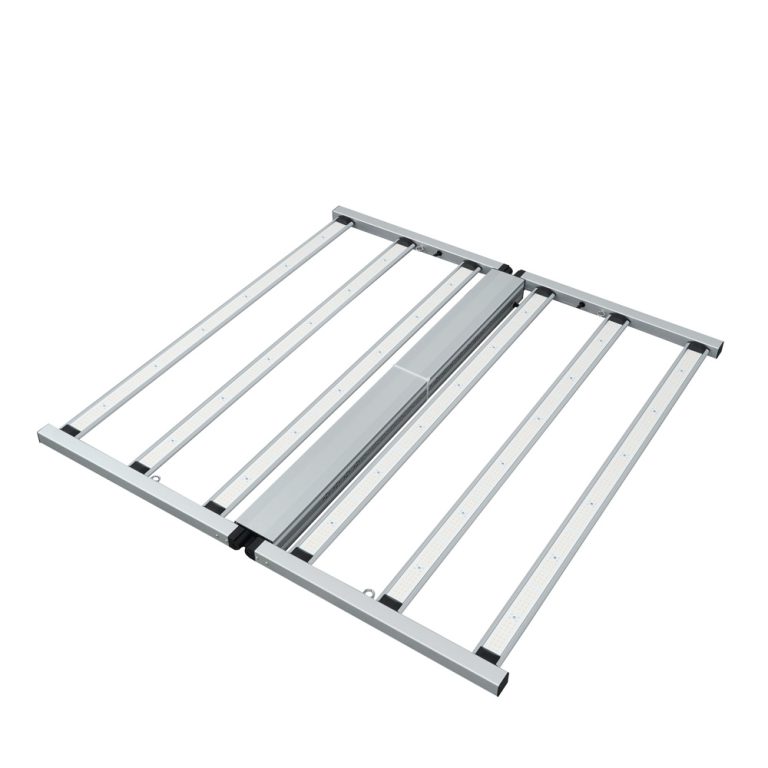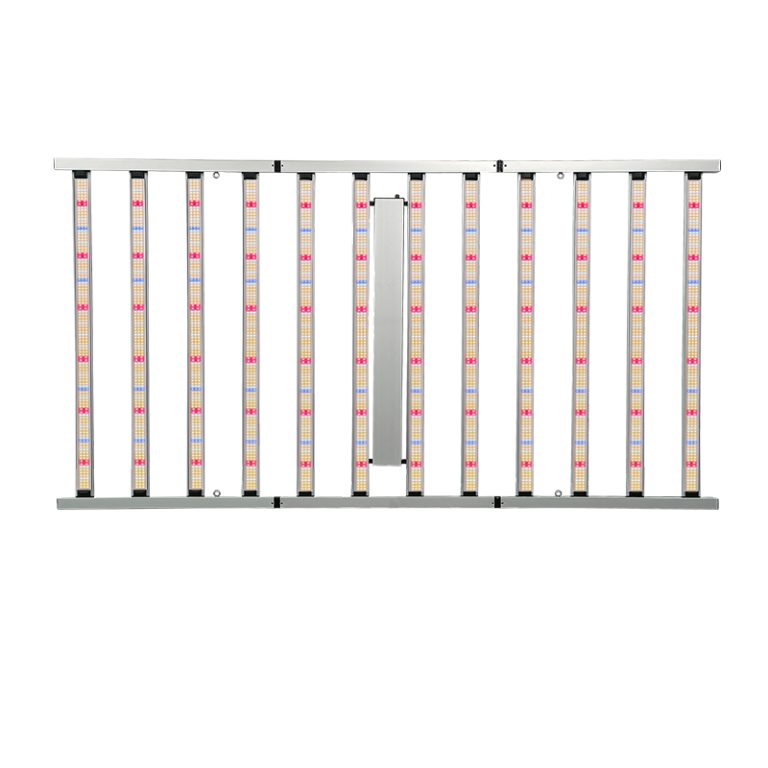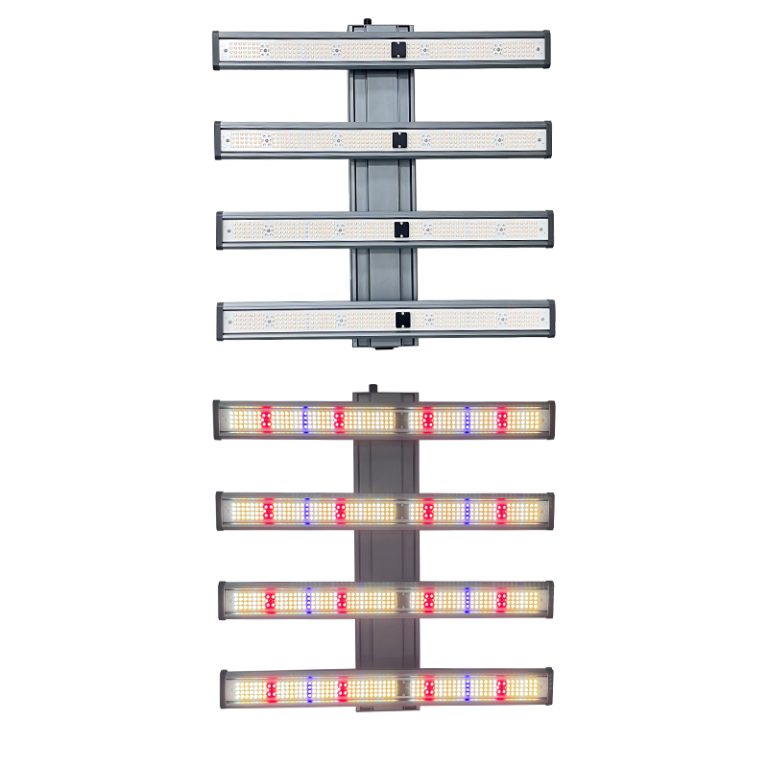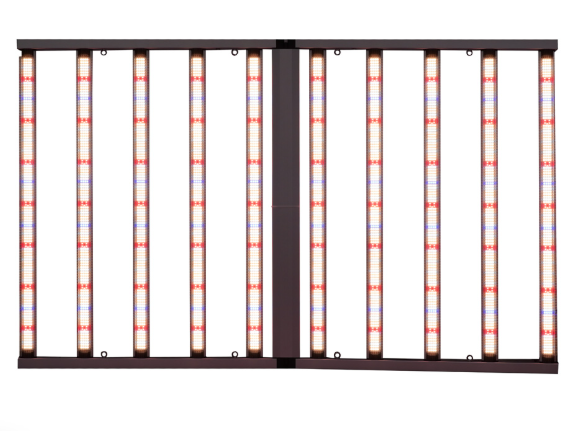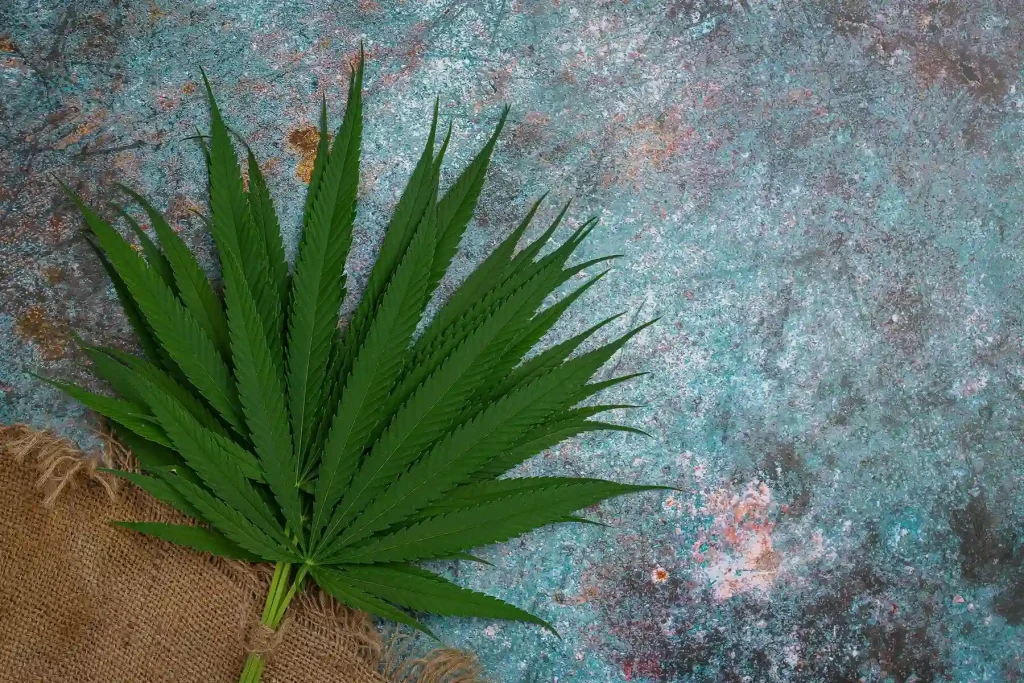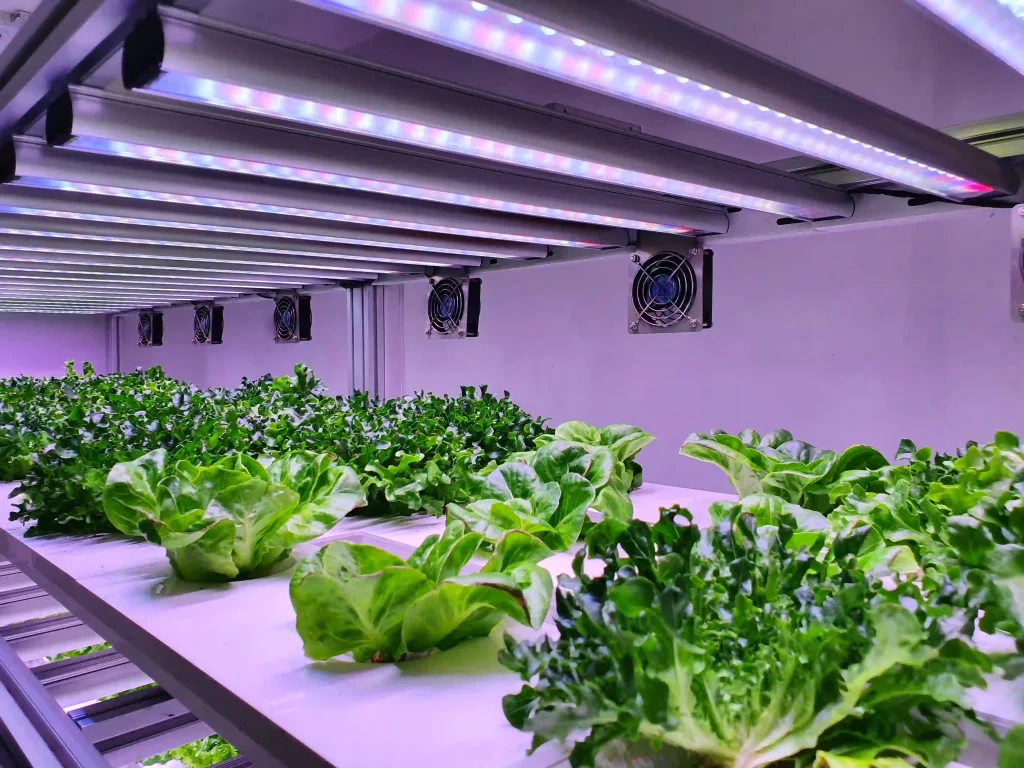As gardeners nurture their beloved tomato plants, they often encounter the alarming sight of white spots on the leaves. These spots, which can vary in size and appearance, may initially seem like a minor issue but can signal more profound health challenges for the plant. Understanding the implications of these white spots is crucial for any gardener looking to cultivate thriving tomatoes with the help of LED grow lights.

Fungal Infections: A Silent Threat
White spots on tomato leaves can manifest due to a variety of reasons. Fungal infections, particularly powdery mildew, are notorious for creating a white, powdery coating on leaves in warm, humid conditions. This fungal disease can quickly spread if not managed, leading to yellowing leaves and reduced vitality in the plant. The presence of powdery mildew not only diminishes the aesthetic appeal of the plants but can also impede photosynthesis, resulting in poor growth and lower yields.
Additionally, late blight, caused by the pathogen Phytophthora infestans, poses a significant threat. This condition can appear as dark, water-soaked lesions that rapidly spread across the foliage. Without timely intervention, late blight can devastate tomato plants within days, leading to crop loss. Gardeners should consider using specialized fungicides alongside good cultural practices to combat these fungal threats.
Environmental Stressors: The Sun’s Impact
In contrast to fungal issues, environmental factors also play a significant role in the health of tomato leaves. Sunscald is a common problem that arises when plants are exposed to harsh sunlight, particularly after a period of overcast weather. This condition often manifests as white or brown patches on the leaves, indicating that the plant is struggling to cope with excessive heat and light. Prolonged exposure to such conditions can lead to further stress, hindering the plant’s overall growth and productivity.
Protecting Against Sunscald
To mitigate the risk of sunscald, gardeners can take several preventative measures. Providing shade during the hottest parts of the day, especially for younger plants, can protect them from the damaging effects of intense sunlight. Using shade cloth or strategically placing taller plants nearby can create a more hospitable microclimate for tomatoes.
Pest Infestations: A Hidden Menace

Monitoring and Management
Regular monitoring is essential to catch pest issues early. Implementing natural predators, such as ladybugs for aphids and spider mites, can help manage pest populations without the need for harsh chemicals. Additionally, using insecticidal soap or neem oil can provide effective control for mealybugs and other pests, ensuring that your plants remain healthy and productive.
Soil Conditions: The Foundation of Health
The soil environment is equally important; excessive salt accumulation from hard water or nutrient-rich fertilizers can lead to browning and brittleness at the edges of leaves. Nutritional deficiencies can further compound these issues, resulting in discolored foliage and stunted growth if essential nutrients like nitrogen, phosphorus, calcium, or magnesium are lacking.
The Importance of Soil Health
To maintain optimal soil health, gardeners should test their soil regularly and amend it as needed. Incorporating organic matter, such as compost, can improve soil structure and fertility, providing a steady supply of nutrients to the plants. Mulching can also help retain soil moisture and regulate temperature, further supporting plant health.
Proactive Measures: Cultivating Healthy Plants
For gardeners facing the challenge of white spots, proactive measures are essential. Regular inspections of plants, especially during humid periods, can help catch issues early. Pruning away any affected leaves can prevent the spread of infections, while ensuring adequate spacing between plants can improve airflow and reduce moisture retention.
 Optimizing Growth: The Role of LED Grow Lights
Optimizing Growth: The Role of LED Grow Lights
For those growing tomatoes indoors or in environments with limited natural light, using Andy Full-Spectrum LED Grow Lights can provide the ideal light spectrum for all growth stages. These high-quality LED grow lights are specifically designed to closely mimic natural sunlight, supporting photosynthesis and overall plant health.
Benefits of Using Andy Full-Spectrum LED Grow Lights
The full-spectrum nature of Andy Grow Lights means they emit a balanced spectrum of light, which is essential for the various stages of tomato growth—from seedling to flowering. With adjustable intensity settings, these lights allow gardeners to customize the light exposure based on their plants’ specific needs at different growth stages. By providing the right amount of light, gardeners can significantly reduce the likelihood of stress-related issues like white spots on leaves.
Moreover, the use of Andy Grow Lights helps create a controlled growing environment, where factors such as light intensity, duration, and spectrum can be tailored to promote vigorous plant growth. This controlled environment is particularly beneficial during winter months or in regions with less sunlight, ensuring that tomatoes receive the necessary light for optimal growth. Using energy-efficient LED technology also means lower energy bills, making it an economical choice for gardeners.
Conclusion: Embracing Challenges for Better Growth
Ultimately, while white spots on tomato leaves may be a cause for concern, they also provide a valuable opportunity for gardeners to enhance their cultivation practices. By being vigilant and responsive to the needs of their plants, utilizing high-quality plant grow lights, and maintaining good cultural practices, gardeners can foster a thriving environment that leads to robust tomato growth and a bountiful harvest.
If you have experienced similar issues with your tomato plants or have tips to share, please join the conversation in the comments below. Together, we can learn from each other and work towards a fruitful gardening experience!


